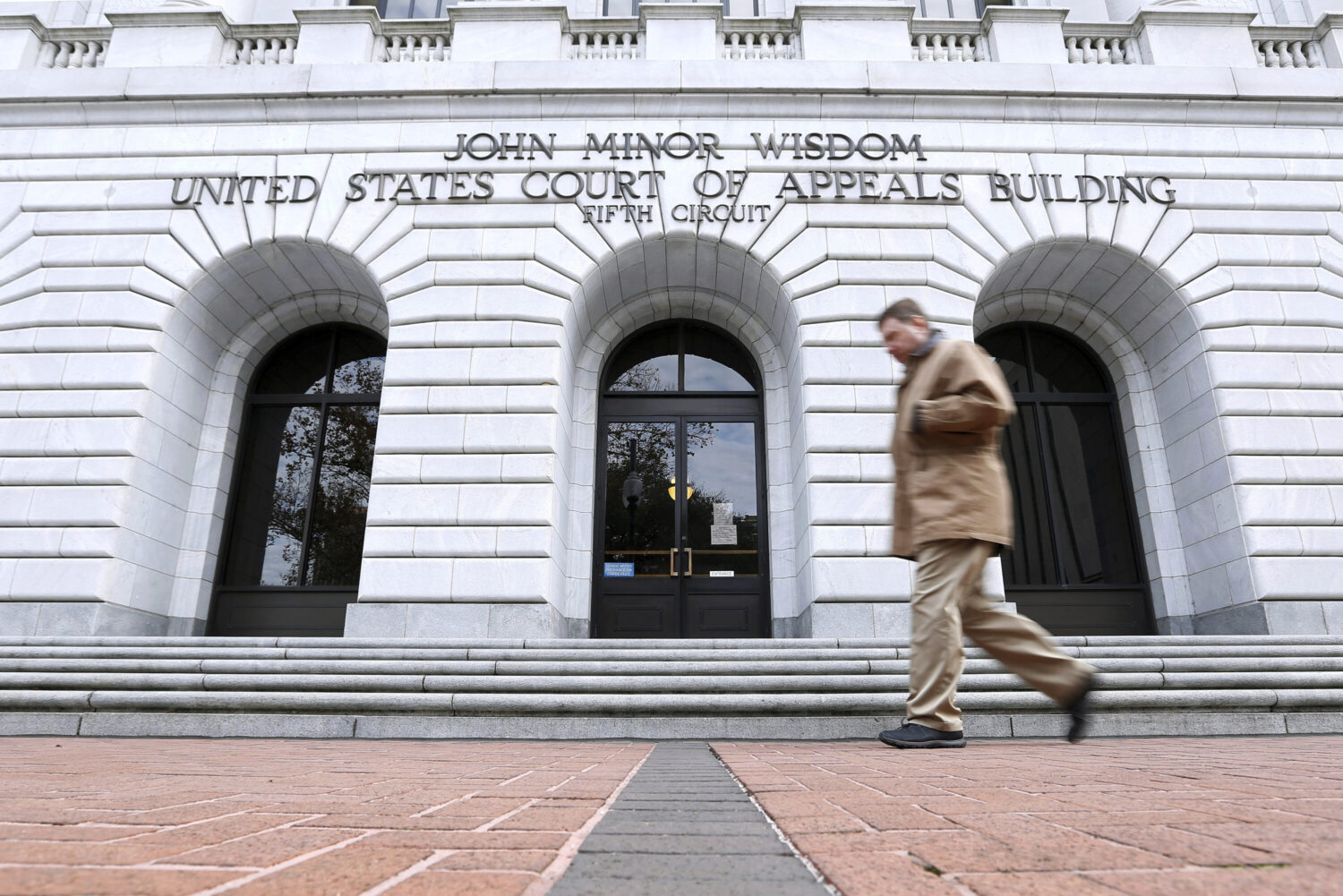Introduction to the Case
The 5th U.S. Circuit Court of Appeals has made a decision in a civil rights lawsuit involving a Harris County constable’s deputy. The deputy, Roberto Felix Jr., was accused in the 2016 shooting death of Ashtian Barnes. This case has been ongoing for several years and has gone through multiple appeals.
Background of the Incident
The shooting occurred on April 28, 2016, when Barnes was pulled over by Felix on the Sam Houston Tollway in Houston. Barnes was driving a rental car with outstanding toll road violations. Dashboard video footage shows Felix approaching the vehicle and ordering Barnes to step out of the car. After Barnes allegedly put the vehicle in gear to drive, Felix drew his firearm and shot Barnes, killing him.
The Lawsuit and Appeals
Barnes’ mother, Janice Hughes Barnes, filed a lawsuit against Felix and Harris County, arguing that the deputy violated Ashtian Barnes’ Fourth Amendment right protecting him from excessive force and unreasonable search and seizure. The case was initially dismissed, but the Supreme Court revived the lawsuit and ordered the 5th Circuit Court to re-evaluate the case. The Supreme Court justices questioned whether the appeals court used the appropriate standard to evaluate Felix’s actions, specifically whether they only considered the moment of threat or the totality of circumstances leading up to the shooting.
The Moment of Threat Doctrine
The moment of threat doctrine is a legal defense used in excessive force cases against law enforcement. It allows courts to only evaluate the officer’s decision to use force in the moment they felt their life was threatened. However, the Supreme Court suggested that this doctrine may not be sufficient in all cases, and that the totality of circumstances should be considered.
The Latest Ruling
In the latest decision, Judge Patrick Higginbotham of the 5th Circuit Court wrote that Barnes’ family failed to show that any constitutional violation occurred. The court cited a landmark 1977 Supreme Court case that holds police officers may order a driver to step out of their vehicle during traffic stops without violating their Fourth Amendment rights. The court concluded that Felix’s use of deadly force was "presumptively reasonable" since he had reason to believe that Barnes posed a threat of serious harm to him or others.
Implications of the Decision
The decision asserts that Barnes’ family failed to defeat the officer’s invocation of qualified immunity, a legal provision protecting police from liability in civil lawsuits. This means that Felix will not be held liable for the shooting death of Ashtian Barnes. The decision also sets a precedent for future cases, suggesting that the moment of threat doctrine may still be used to evaluate an officer’s actions, even if the totality of circumstances is considered.
Conclusion
The 5th U.S. Circuit Court of Appeals’ decision in the Ashtian Barnes case highlights the complexities of civil rights lawsuits involving law enforcement. The case has sparked debate about the use of excessive force and the moment of threat doctrine. While the decision may provide clarity on the legal standards used to evaluate these cases, it also raises questions about accountability and the protection of citizens’ rights. Ultimately, the case serves as a reminder of the need for ongoing discussion and evaluation of the laws and policies that govern law enforcement interactions with the public.




